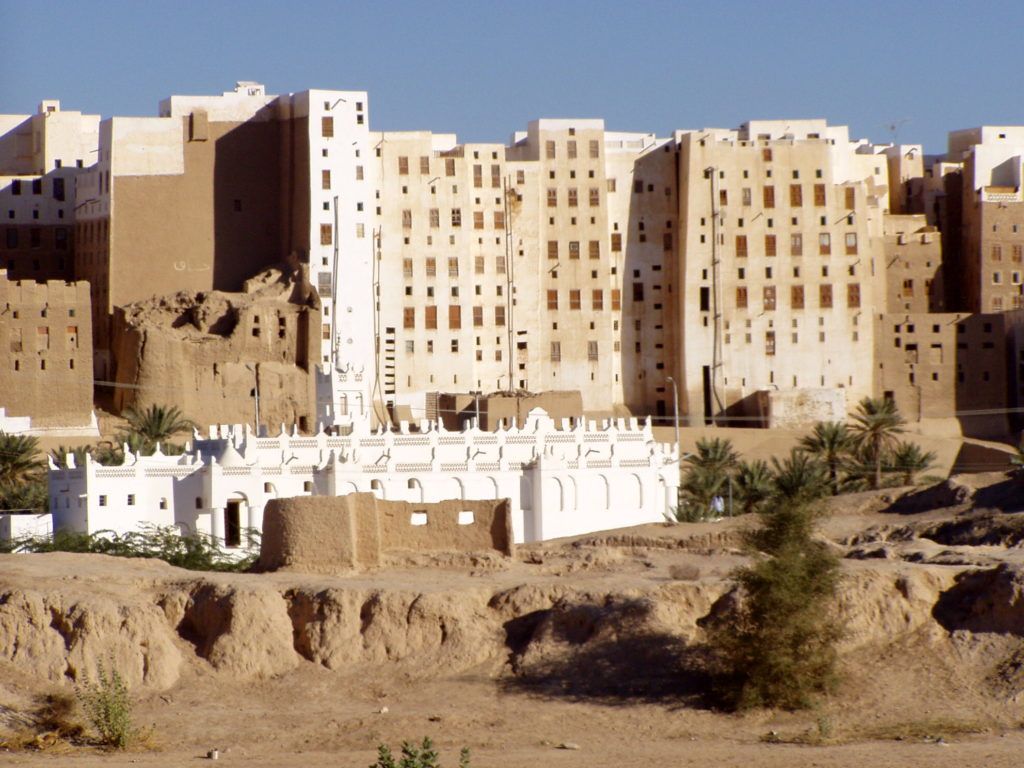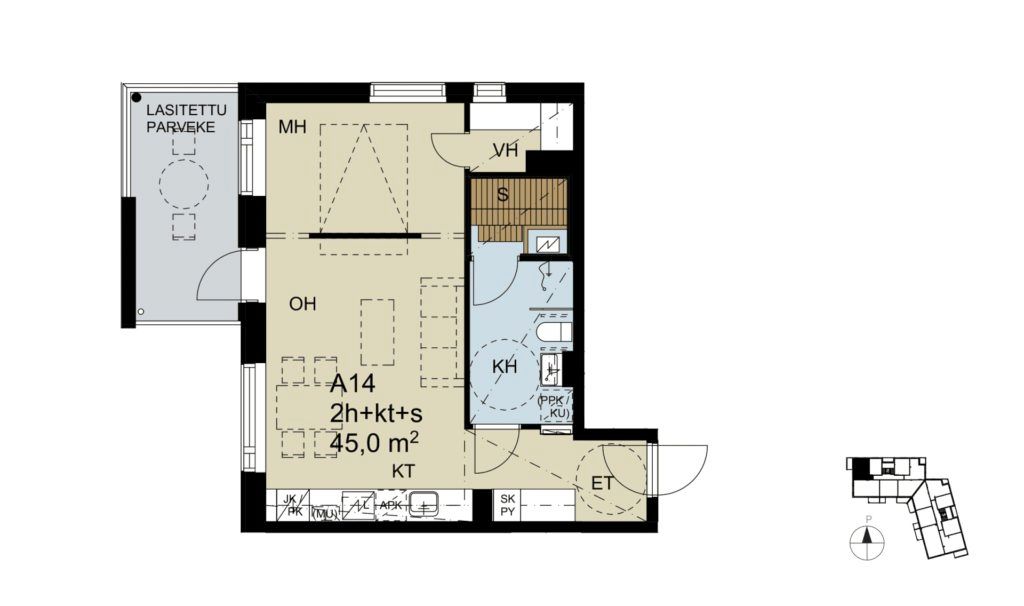Misfits’ Inflexible House

My new favourite blog misfits’ architecture posted about Yemeni traditional housing under the title The Inflexible House.
You might know about Yemeni buildings from famous photos of cities like Shibam or Al Hajarayn, where 500 year old medieval skyscrapers rise up with tapering walls clumped together often on rocky outcrops. Nothing looks quite like them and also on the inside they are perhaps quite different than how you might imagine ((See Misfits’ amazing post about Yemeni Architecture here)).
They have no spatial hierarchy on the inside just essentially the same plan repeated upwards. Ground floor is for storage of food and 1st floor with main reception room and kitchen off of it, above that are the floors for the family but there is no hierarchy, no ability to subdivide just larger and smaller sized rooms stacked onto of each other. Its inflexibility of plan opens it up to a different type of flexibility which a standard modern western house lacks;
There’s much that’s good in the Yemeni convention of building a house having all floors the same plan and deciding later how to use those spaces. Some patterns of use are more established through custom or necessity but the spaces can still be reallocated to suit temporary situations such as the visit of a relative or longer-term changes such as an eldest son marrying. This is simply how these houses are lived in and part of it is because they can be lived in this way. Changing the use of a room involves no architectural trauma because the houses weren’t planned to have a hierarchy of spaces. - misfits’ architecture
The apartment building designs I have been involved with in Finland over the last few years are all about culturally arbitrated spaces designed for specific purposes. An eight floor Finnish apartment block will have a sauna block on the entrance floor with a bomb shelter space in the basement both of theses generated from specific Finnish cultural assumptions, fear of imminent attack by the Russians and a culturally required love of the Sauna.
Apartments within the block must all have balconies though not necessarily bedrooms at all, with wet room bathrooms, larger apartments will have their own Sauna and the biggest apartments are on the top floors to maximise price per meter. Kitchens and Dining rooms as separate spaces from the living room have virtually ceased to exist. All this means that the main living space is super flexible within certain spatial bounds and that apartments can’t really accommodate much more than couples or nuclear families living in a certain type of way with a certain set of contractual obligations (a mortgage!) as there is no privacy within these types of apartments.

Quite standard Finnish layout with 1 bedroom, balcony, kitchen incorporated into living space and a sauna, all under 50m2.
Other types of living, co-housing, lodgers, multi generational families even kitchenless housing don’t fit at all into these programmed plans. I’m not saying that any of these ones are better than what we have now only that these different programmes and housing types could inspire different more practical and more flexible ways of living and in turn adding variety and value to our cities. The Yemeni inflexible house could inspire more flexible planning in modern housing still.
Update 22.10.2019 - The Guardian catalogs the toll of the last five years of War in the Yemen on the Architecture and Historical heritage of the Yemen.